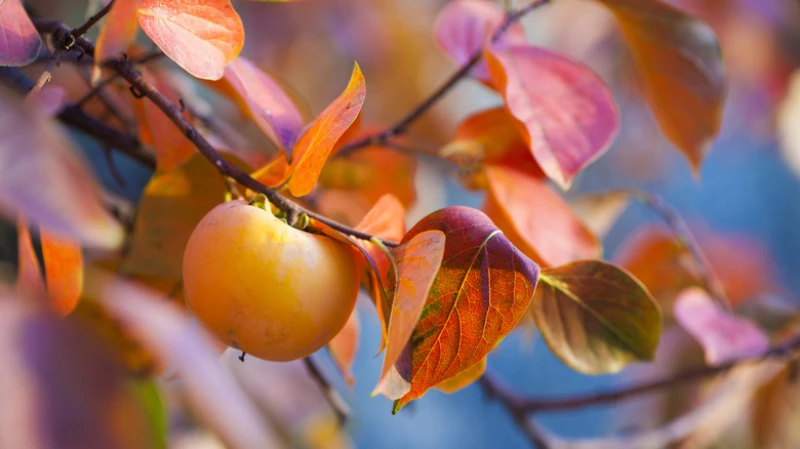Attracting deer to your property requires more than just luck. Understanding their dietary preferences and creating an environment that caters to their needs is key. Planting certain fruit trees can be a great way to lure them in. But with thousands of different species to choose from, which ones are the most enticing?
Deer are herbivores and browsers, meaning they primarily eat leaves, stems, and other vegetation. However, their diet can vary depending on the environment and food availability. They prefer softer, easier-to-digest foods like tender twigs, young leaves, and soft fruits. Bitter or aromatic plants and tough, fibrous textures are not on their menu.
Apples, pears, and persimmons for deer

Apple trees are perhaps the most effective when it comes to attracting deer to your garden. The reason is simple: deer love apples. The sweet, crunchy fruit is a high-energy food source, especially vital in the fall when deer are building fat reserves for the winter. Additionally, apple trees often drop their fruit, making it easily accessible to deer. Sweet varieties like Anna Apple and Dorset Golden Apple are deer crowd pleasers.
Pear trees are another excellent option. Like apples, pears offer a sweet, nutritious snack for deer. Soft, ripe pears are easy for deer to eat and digest. Bartlett and Kieffer pears are popular choices, but it's a good idea to plant a mix of varieties for a longer fruiting season. Different types of pear trees — including European, Asian, and Eurasian mixes — can be grown, with hybrids often being the best choice due to their resilience. It's important to consider factors like fireblight resistance, climate zones, and fruit ripening dates when selecting pear trees to grow and care for in your garden.
Persimmons are a lesser-known but highly effective fruit for attracting deer, especially in the late fall. The common persimmon (Diospyros viginiana), native to the eastern United States, is particularly hardy and produces the sweet, delicious orange fruit that deer can't resist. The fruit is initially bitter but becomes sweet and edible after the first frost — a period when other natural food sources are scarce. However, because persimmon trees are dioecious, only the female variety produces fruit.
More fruit trees and considerations for attracting deer
Crabapples are smaller and more tart than their domestic apple cousins, but deer enjoy them just as much. These trees are exceptionally hardy and can thrive in a variety of climates. Dolgo and Centennials are recommended varieties. Crabapples also provide a beautiful aesthetic appeal with their spring blossoms and colorful fall fruit.
Plum trees, with their sweet and juicy fruits, are an excellent option for deer. The American plum (Prunus Americana) is relatively easy to grow and maintain, making it a good choice for those new to fruit tree cultivation. It's a perennial deciduous tree, growing up to 35 feet tall, that can thrive in various soils. The American plum produces fragrant white flowers in early spring, followed by edible red plums with bright yellow pulp that ripen in the summer.
Planting Trees to Attract Deer
When it comes to attracting deer, planting trees can be highly effective. However, there are several factors to consider in order to maximize your chances of success. The location and timing of the planting are crucial. It is recommended to plant the trees in a quiet area of your property, preferably in an open field edge and away from roads to minimize the risk of deer-vehicle collisions. Additionally, it is important to allocate sufficient space for your orchard. Installing deer-friendly fencing can also be beneficial in protecting young trees or other crops in your garden from being over-browsed.








